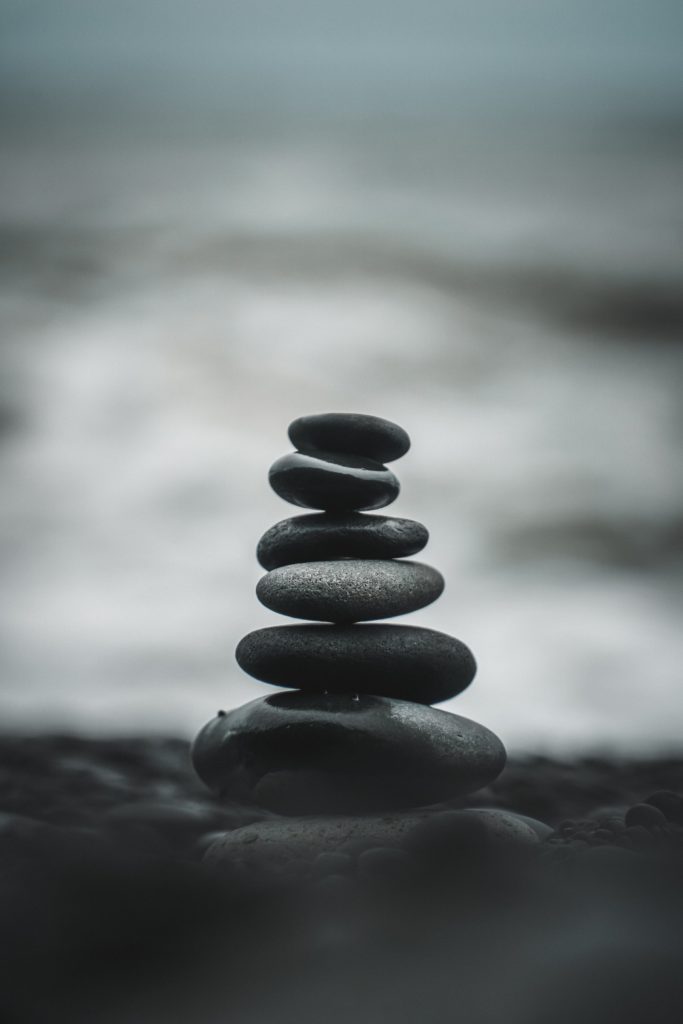
Imagine a small stream. Water flows freely from one end to the other. As time moves forward, obstructions arise; rocks, sticks, and litter start to block the water until it is barely flowing at all. Then someone comes to clean the river, they remove the obstructions and the river flows once again.
This analogy describes the nature of reiki, which is founded on the belief that everyone contains a universal life energy that flows around them. As we grow, obstructions form in a few crucial spots, and the flow is slowed down or even halted. Reiki is the practice of using twenty hand positions focused on specific parts of the body to remove obstructions and restore the natural flow of energy.
The purpose is not so different from Traditional Western Massage. Instead of energy obstructions, we identify them as toxins that gather on layers of connective tissue, and their description of a healthy energy balance is similar to the benefits of improved blood flow.
Both achieve a similar goal, but the techniques are vastly different. Traditional Western Massage is based on constant movement, varying from light touches to intense friction. The hands engage directly with the blood vessels and muscles to physically move the toxins out of your body, and guide the bloodstream. Reiki uses a slightly different approach.
Reiki was developed by Dr. Mikau Usui in the mid 1800’s. He was interested in ancient practices where healers claimed that touch alone can cure illnesses. Such assertions were made all over the world. Some treated it as divine intervention, such as the case with Jesus Christ. Others, like the ancient Chinese and Tibetans identified treated it as a medical practice to be learned. Dr. Usui investigated by travelling the world and doing research. The result is a combination of different ancient techniques and spiritual doctrine to develop a healing regimen based on touch alone.
The reiki therapist would identify certain areas where energy obstructions are, and they’re usually centered on the chakras (from Hindu tradition). Chakras are the source of much misconception in the west. They come from Hindu traditions in India, and play a much smaller role in their faith than we are led to believe. Chakras are energy checkpoints in the body, starting from the root, through the stomach, the lungs, the throat, the head, and the crown. Reiki is influenced by these chakras, as it is traditionally believed that energy can be blocked in these locations.
Once these positions are identified, the therapist would touch and hold that location.This sense of touch encourages the body’s natural energy to flow in that direction, and to naturally break down its own obstructions. Once the obstruction is removed, the therapist moves on to the next one.
Reiki is as non-invasive as touch-based therapy can get. In some cases, the therapist may perform reiki with no touch at all, only gently hovering their hand. This option is great for anyone who is interested in a natural healing process that does not involve too much action.